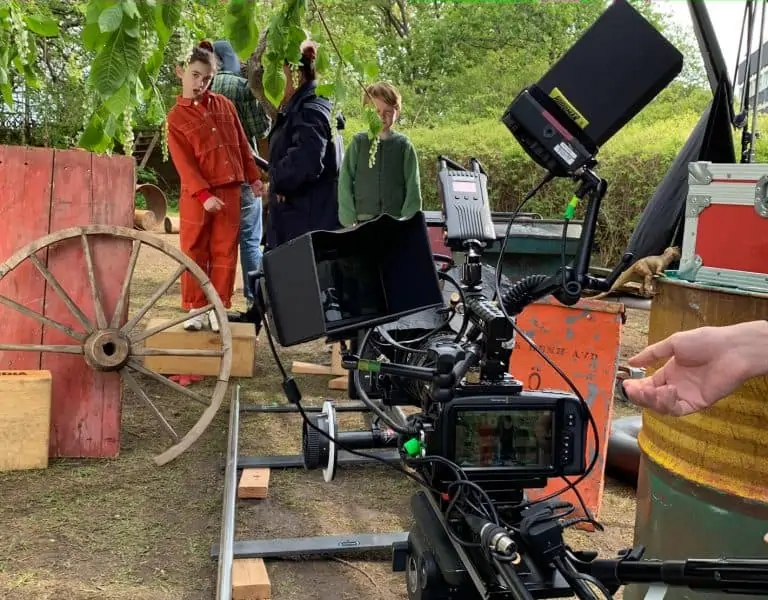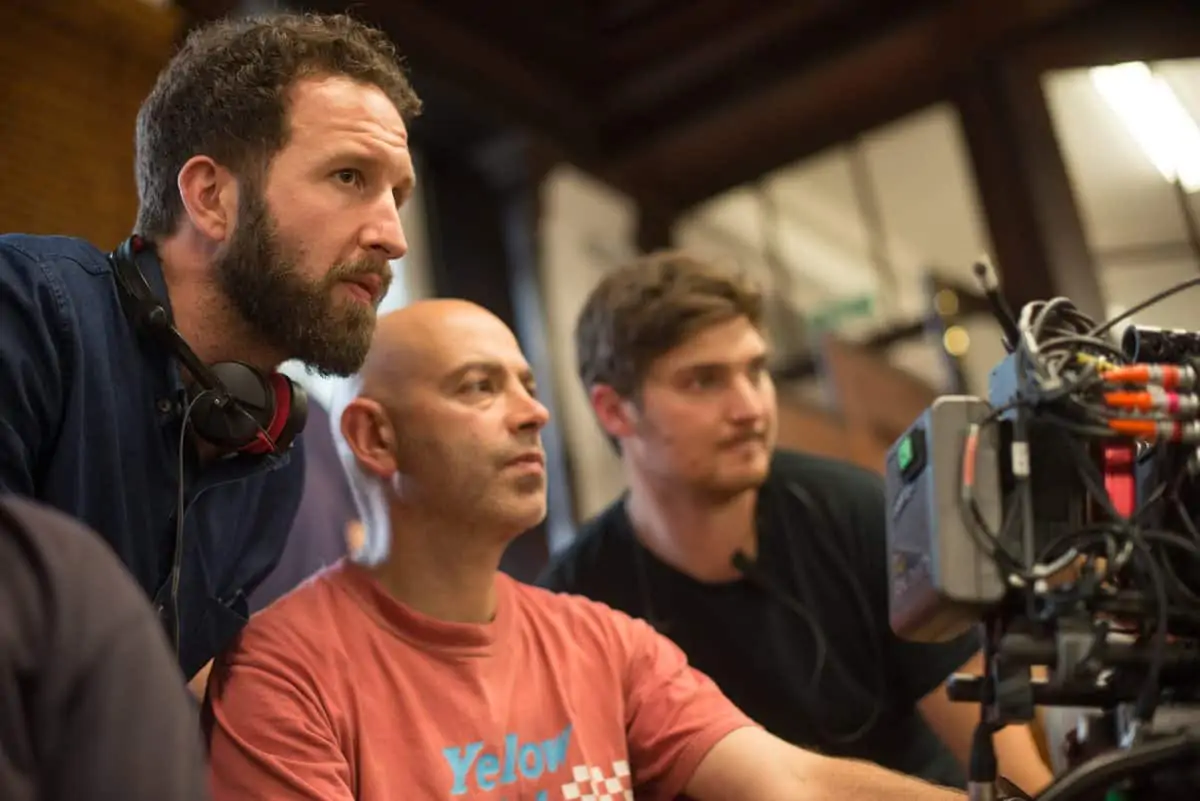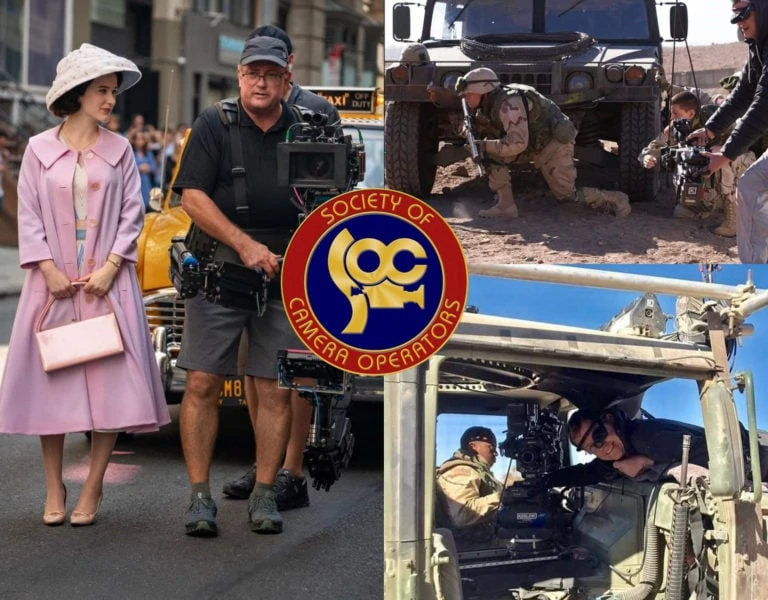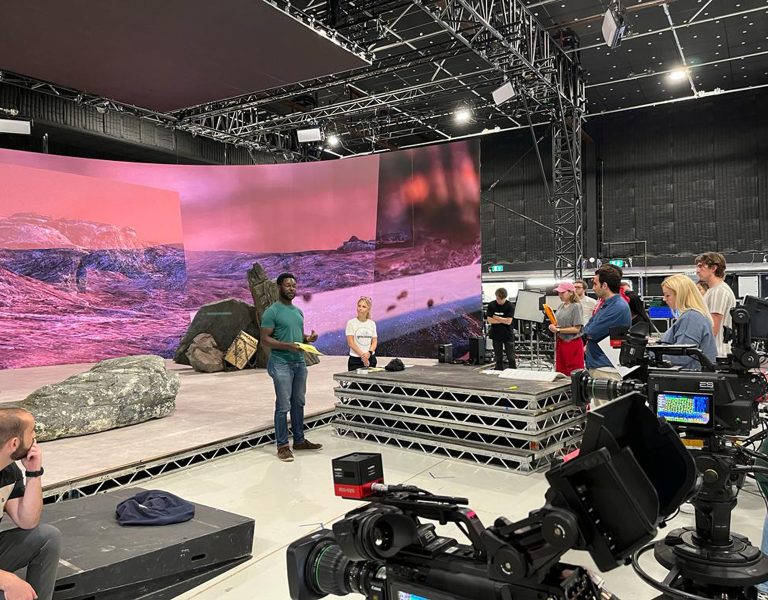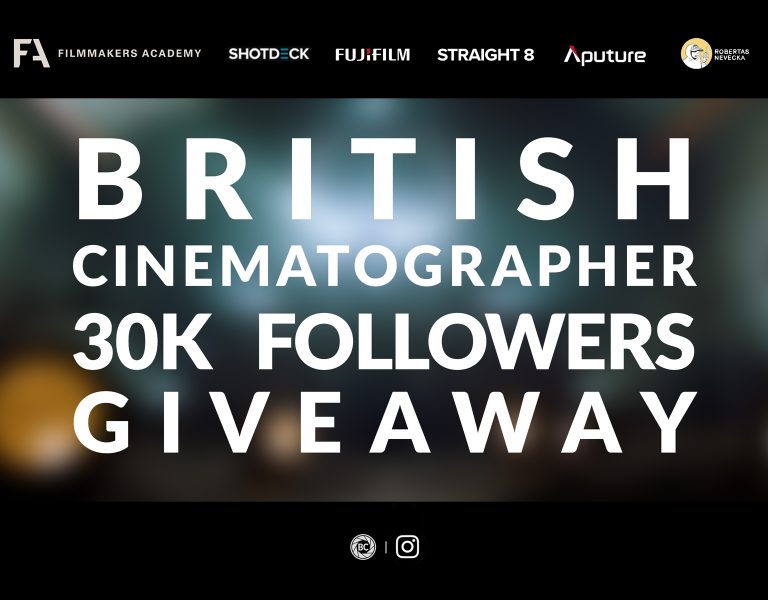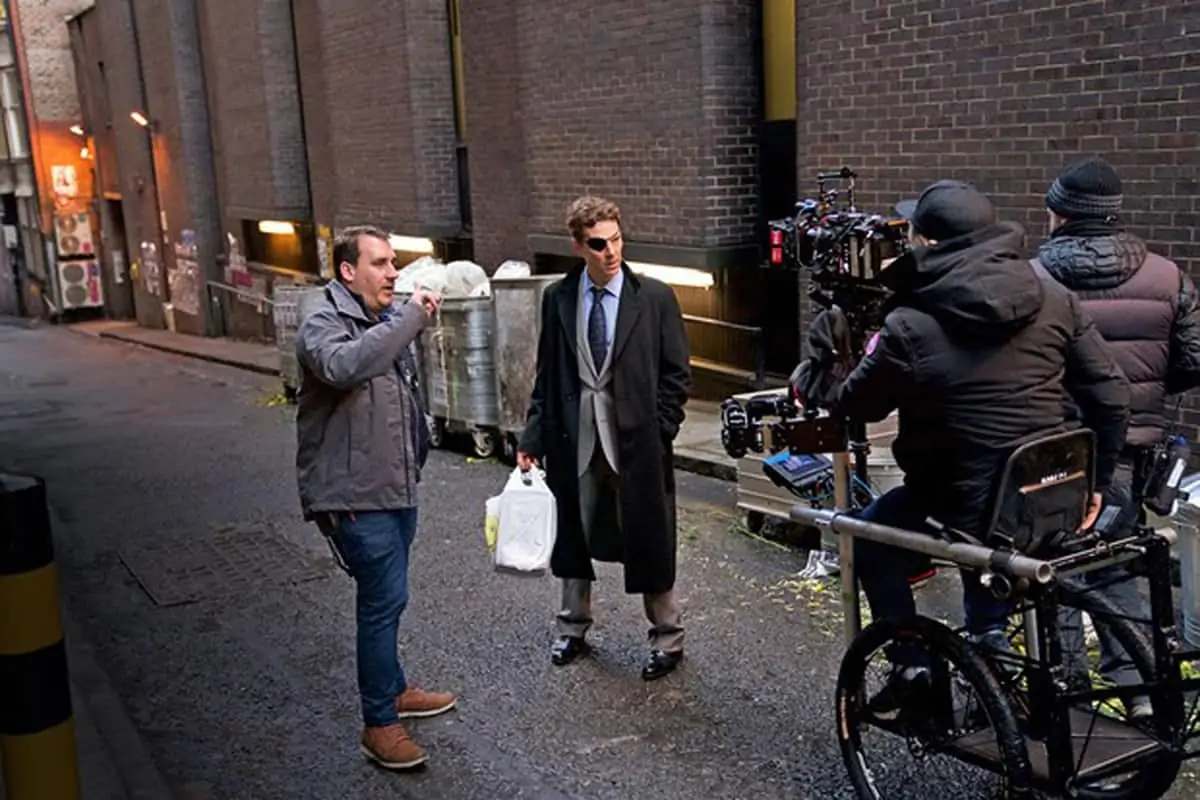
Camera operator Danny Bishop wrote in with details about his work on Sky Atlantic’s acclaimed series Patrick Melrose.
“The task: to operate A-camera/Steadicam on Patrick Melrose. Lead actor, the fantastic Benedict Cumberbatch, who I’d worked with before on Sherlock. The DP, James Friend BSC, with whom I came up through the years, and the director, Edward Berger, an untried relationship.
The series seemed ideal for the new ARRI stabilised Trinity rig, which I’d just bought, with input from the lovely guys at Optical Support. Apart from being stabilised it can go from high to low mode in-picture, and has a joystick so you can tilt the camera. Like using the Steadicam for the first time, it takes some practice. Despite several days acclimatising to the Trinity, putting it on for the first time it still feels alien, and you have to adapt your brain not to think like you do on conventional Steadicam. However, its brilliance is being able to offer shots you couldn’t achieve before.
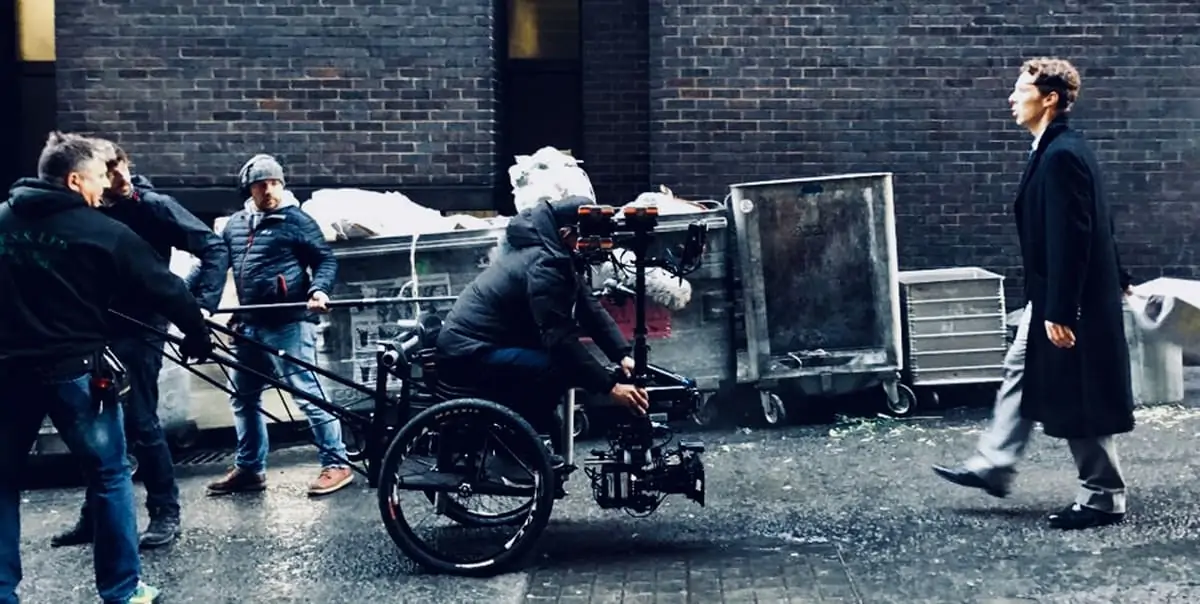

Panavision supplied the camera kit but, excitingly, as the series spanned from the ‘60s to the 2000s, James mixed the lenses up. Older decades were shot on PV vintage sphericals, and more contemporary episodes were shot with the modern PV L-Series Primos. Episode 3, mainly set at night, was shot on the ARRI Master Primes.
The first location: an incredible chateau in Provence, nestled under Mount Ventoux and blessed with beautiful French backlight, allowing the vintage sphericals to work their magic. The script largely mirrors the original book, by Edward St Aubyn, and the approach very much to watch actors inhabit the space and respond to them.
From the start, however, Edward and James were pursuing shots emphasising headroom and unique framing, always challenging me to push the framing and try something different. Graham Ward (stand-by art director) and I concentrated on framing together, asking questions like, ‘What was the camera seeing?’ What prop or painting could we move to balance the frame?’ Filming at this point, with a child actor of seven, the Trinity came into its own, readily accommodating that awkward ‘child height’ (neither high nor low mode). I could shadow him in long takes, without needing to lay track, as he wandered the house and its long corridors.

Episode 3 was largely Steadicam, many scenes just one take. Following our recce of the stately home location, Ed, James and I blocked the scenes in our heads. James’ challenge was that no lights could be in shot, but there were beautiful practicals and balloon lights in the ceiling. My Pro Steadicam really suited the 8 to 9 minute-long takes. We blocked long scenes in the morning, made changes with the penterfinder, then shot in the afternoon. A step-off crane/Steadicam shot outside established the party, then the action followed Benedict inside. Some scenes involved 17 takes! It was hard work, but the action evolved with each take and the camera work evolved with it, producing great results. Massive thanks to my focus puller, Tom Dunne, for an incredible job done at T1.3.
You always hope the triangle of director/DP/camera operator will gel, and it really felt that it did on this shoot. We all bounced off each other – pushing ourselves and what we were trying to achieve.
One scene stands out to me: Benedict at JFK phoning his friend in London, key grip, Matt Budd, slowly tracking closer over the duration of the phone call, whilst Benedict breaks down about his drug use. It’s simultaneously beautiful and tragic. When the craziness of the set calms down and you’re rolling, looking through the eyepiece it’s just you and the actor and sometimes you pinch yourself. What a fantastic job we have, what a privilege.”

